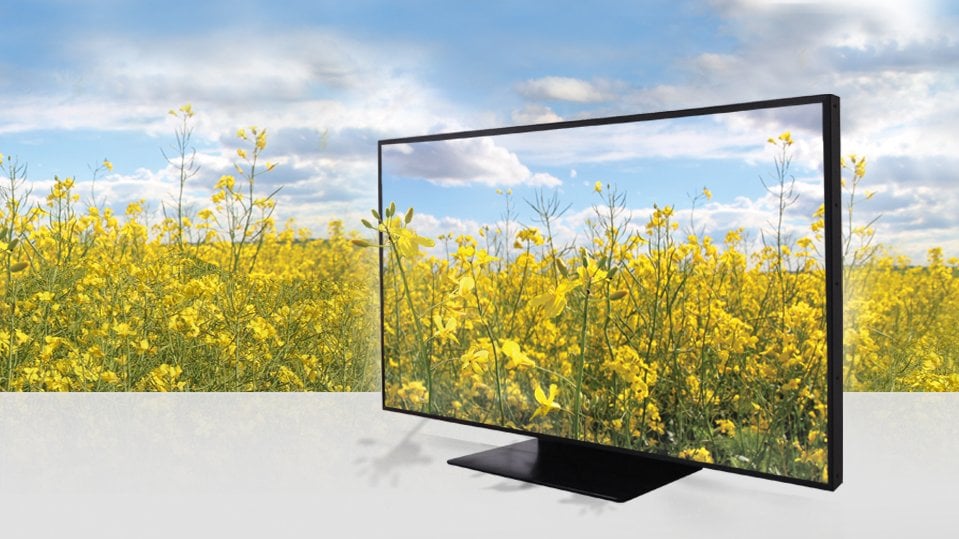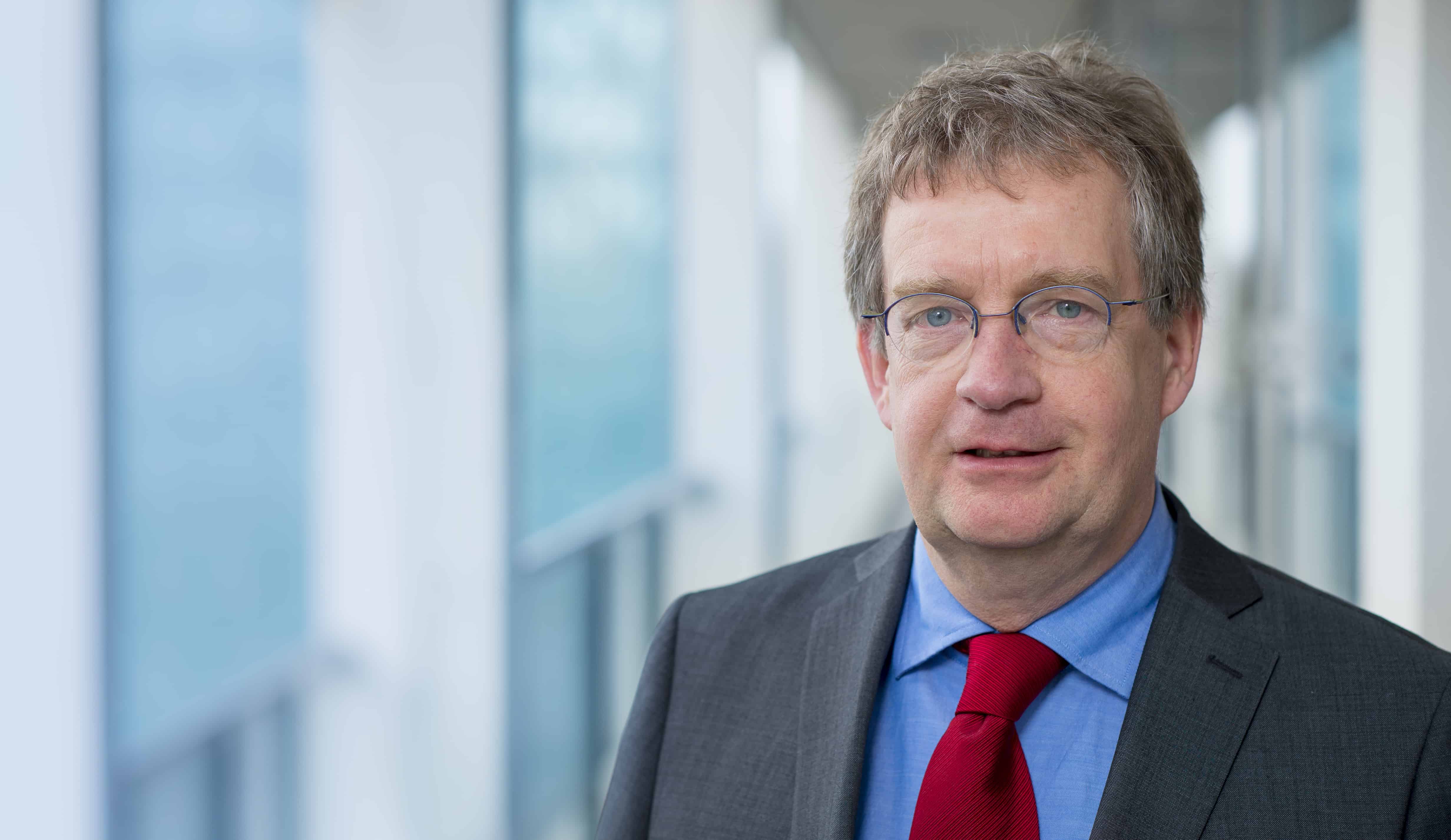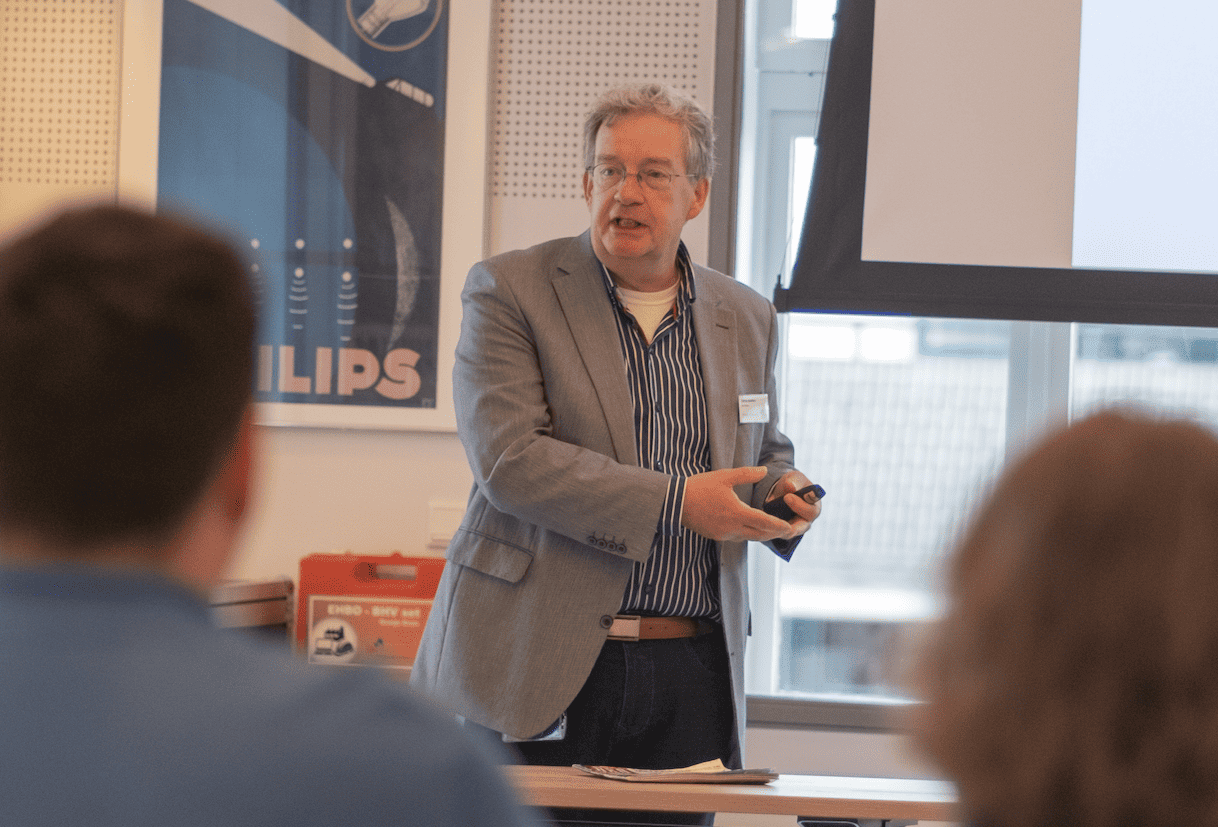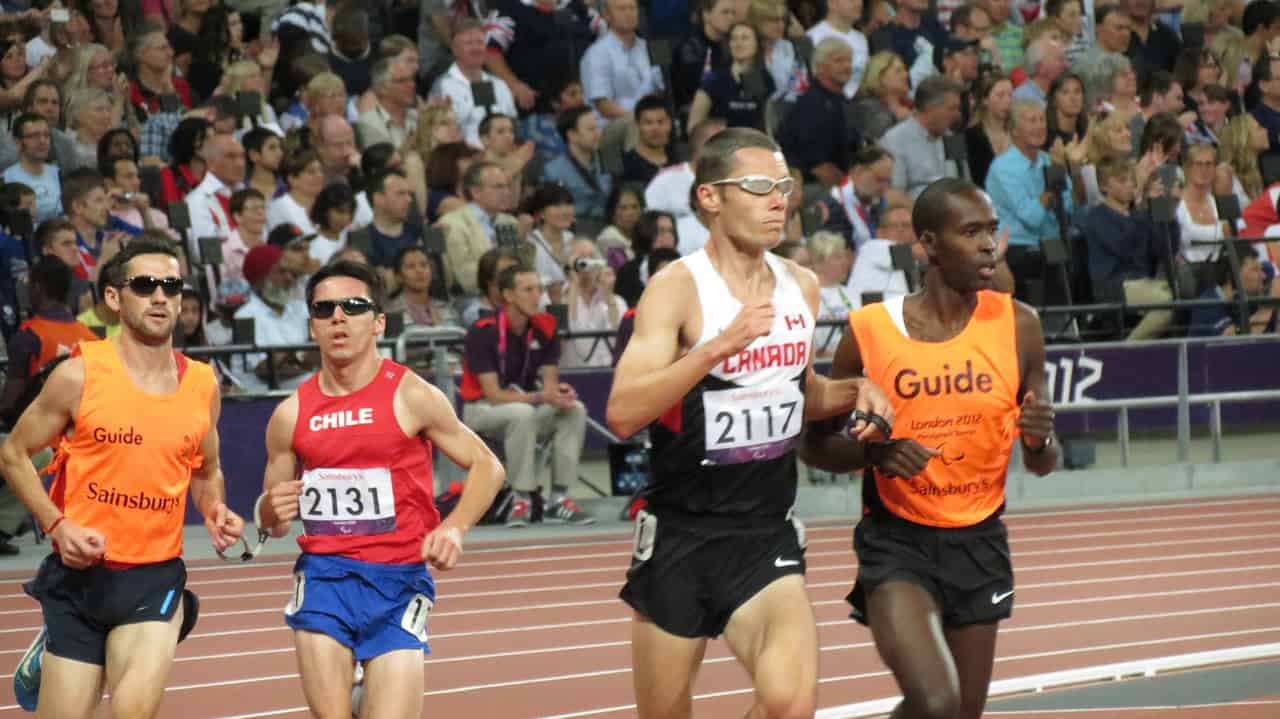
The E3 Expo in Los Angeles is well under way, with start-ups such as Eindhoven’s own Manus Machina. And there’s another Eindhoven company at the world’s largest games fair: Seecubic. You just have to look closely to find them.
Seecubic makes 3D screens without the annoying 3D glasses. It’s all possible thanks to a special display technology that the Eindhoven company is calling Ultra-D. Several former Philips employees form part of the Seecubic team. They used to work in 3D-Solutions until Philips pulled the plug in 2009. This division developed 3D screens, but didn’t take the right approach, according to Hans Zuidema, now CTO of Seecubic.
3D from every angle
“That’s why we’re going to do it ourselves,” explains Zuidema. “We broke down the Philips technology to its basics in our own time.” And from there, Seecubic will redevelop the technology. The Philips screens were working with so-called sweet spots at that time. They are the points on the screen where you can really see the 3D images. If you move just a smidgen to the left or right, it doesn’t work.
But that’s no longer the case at Seecubic. Their 3D screens offer a 3D image across the screen at a viewing angle of 140 degrees. In this way, Seecubic has developed its own optical system that sends partial images to both eyes. Our brain assembles these into an image giving the illusion of depth. Ultra-D also works with the depth of field to strengthen the idea of a 3D image. With Seecubic’s technology, this depth of field can be adjusted by the viewer in the same way that they can adjust the volume with the remote control.
Seecubic is creating a whole ecosystem around their Ultra-D technology. As well as the optical system for viewing 3D images on screen, they are also looking into software to convert existing 3D content into the Ultra-D format and technology, so as to transmit it in Ultra-D.
No production
Seecubic will not actually produce any 3D TVs for their customers. The Eindhoven-based company will leave that to the large TV and monitor-manufacturers, such as Samsung, Sony and LG, that will have to obtain a licence to use Seecubic’s technology. Zuidema: “Hardware is too expensive a business for us. Plus, we’d end up competing with our own customers.”
That also explains why Seecubic is hard to find at E3. The Eindhoven group aren’t on the list of exhibitors. “We want to work with partners to show off new products,” explains Hans Zuidema. “We ourselves don’t need to become known by the public at large.” E3 is primarily a stage for Seecubic to demonstrate what is possible and to come into contact with screen-related products as well as content-creators.
Because Seecubic doesn’t want to build any 3D screens of their own, they can have a small production line and a clean room for demo-production at the Park Forum in Eindhoven. Consumers cannot yet purchase TVs with Ultra-D.
Zuidema: “The demos are with our customers, but we haven’t yet signed any contracts for production. But, in principle, our Ultra-D technology is ready to go out to consumers. The first TVs with our technology will probably go on sale in the not too distant future.”








